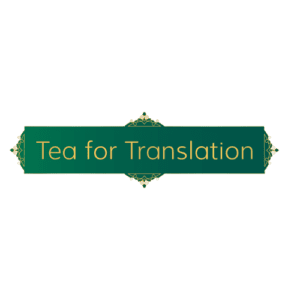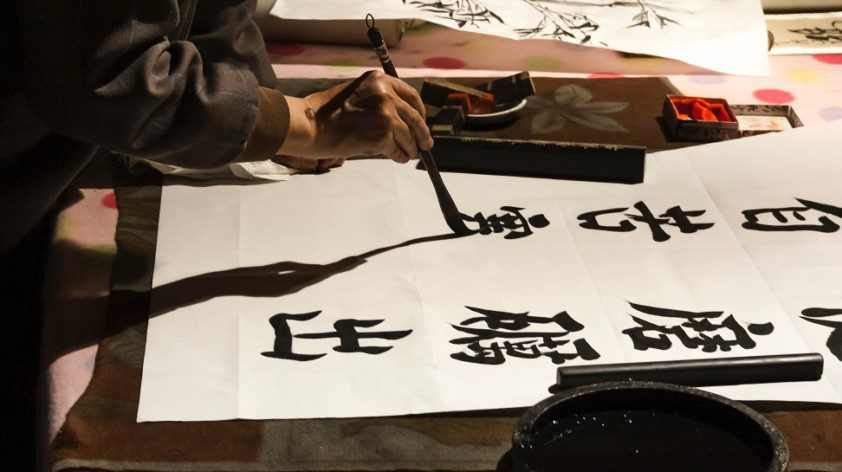
What is translation?
You might assume all bilingual, trilingual or multilingual people know how to translate. Translation is communicating the equivalent meaning of one language (source language) using another language (target language). Professional translators are well trained to translate idioms, slangs and anything with cultural values – staying loyal to original meaning while ensuring translated content is comprehensible to target readers. Translators might even go as far as rewriting some parts to increase intelligibility or literary quality.
There are three main ways to translate: Human Translation (HT), Machine Translation (MT), and Post-Edited Machine Translation (PEMT).
Human Translation (HT)
Human Translation is the traditional, manual way to translate. As its name suggests, it is done solely by human translators. When you wish to convey something in another language with the most accuracy possible, you should use HT. The text would read best in terms of meaning and style. Experienced translators can capture nuances in language and communication, pragmatic and contextual meanings, as well as cultural and poetic values.
However, it has a few limitations that prompted the industry to explore beyond HT. One of the most prominent reasons are the scalability problem – human translators, even when working simultaneously as a team, would not be as quick with gigantic projects. Technology-aided translation methods speed up translation process and reduce costs.
Machine Translation (MT)

Google Translate might be the most well-known Machine Translation tool in the world. MT involves software programs that are designed to translate content between languages. It gives a general meaning almost instantly at a much lower cost (or even for free!). But problems Machine Translation bring make many rethink whether MT is a good alternative for Human Translation.
Users of Google Translate would know: when translation tools come across words that have more than one meaning or different connotations, the translation would not come out the most readable. Also, accuracy and linguistic quality can vastly vary among softwares. The optimal solution is to have human translators edit machine translated text.
Post-Edited Machine Translation (PEMT)
Post-Edited Machine Translation has both the speed of machine translation and the quality of human translators, bridging cost and accuracy gaps. After a text is translated using machine, skilled translators will then review and edit the translation to ensure it reads well. This is particularly useful when you have a large project with a tight deadline, and would like to achieve high accuracy. PEMT costs less than HT while maintaining a quality close to that.
Translation is much more than literal text. It is about relationships, regional cultures, and a complex mix of knowledge. Content can bring real impact only if it is handcrafted by someone who have relevant life experiences. HT and PEMT are the go-to choices for anyone seeking quality content.
Different types of translation
The world of translation is immense. While there are three major ways to translate, there are many different kinds of specialized translation translators or machines work on. Different types of translation have different characteristics and serve different purposes. Let’s look at the 6 most common ones.
Literary translation

The name is self-explanatory. It refers to the translation of literary works, such as stories, novels, poems, plays and so on. This kind of translation is often seen as the hardest as the translator not only needs to convey the meaning of words, but also the context, mood and feeling. In some cases, there are no available equivalents in another language. Examples include alliteration, assonance, rhyming, and puns. Therefore, the translator must possess extensive knowledge in both languages and both cultures in order to capture any humor, emotions or other literary elements.
Professional translation

Any type of translation that serves a professional purpose is considered professional translation. Common examples are medical translation (labels, packaging, clinical papers) and legal translation (contracts, agreements, birth certificates, marriage certificates, divorce documents, custody documents, wills). The objective of professional translation is to convey all information as precisely as possible. This is because for these industries, any inaccuracies can cause serious consequences. To guarantee precision, a well-trained field specialist in the region is often involved for professional translation.
Commercial translation
Commercial translation is done on commercial documents including business reports, business correspondence, tender documents and operational content. It requires translators who know the industry well. Commercial translation can overlap with professional translation.
Technical translation
Technical translation is often very complex. It is about engineering documents, instruction manuals, user guides, technical training materials and other types of technical content for businesses. The translator needs to have a thorough understanding of the topic to convey the full meaning to users. In addition, technical translation involves a lot of formatting, e.g. table of contents, multilevel lists, headers and footers. Images in these kinds of documents might also require localization, i.e. modifying text or elements inside to better target readers.
Website translation
Website translation involves website copy, online editorial, video subtitles, and any graphs or documents on a website. To localize a website, currencies, date formats, address formats and other relevant elements will also need to be adjusted. Meta titles, meta descriptions and accessibility text on a website require translation as well. A website content management system can release some pressure from translators.
Software localization
Software localization is not just about the customer-facing user interface. It also includes system messages, error messages, accessibility text, help files, etc. To adapt all content to target the local culture, numerous linguistic and practical elements are taken into account and incorporated. Businesses usually get all language versions thoroughly tested by respective native testers.



